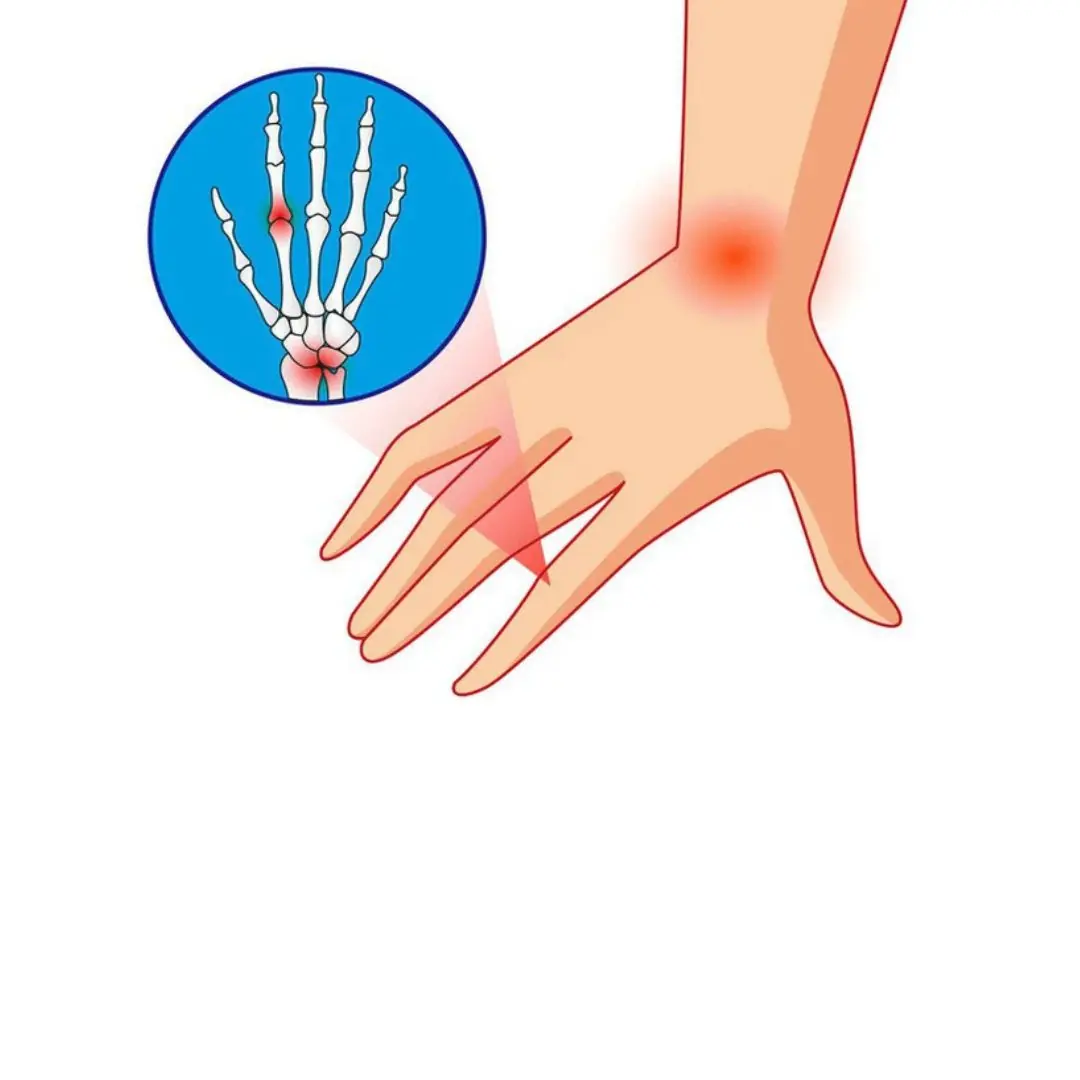
Sleepwalking and the scientific explanation for the phenomenon that occurs in 4% of adults
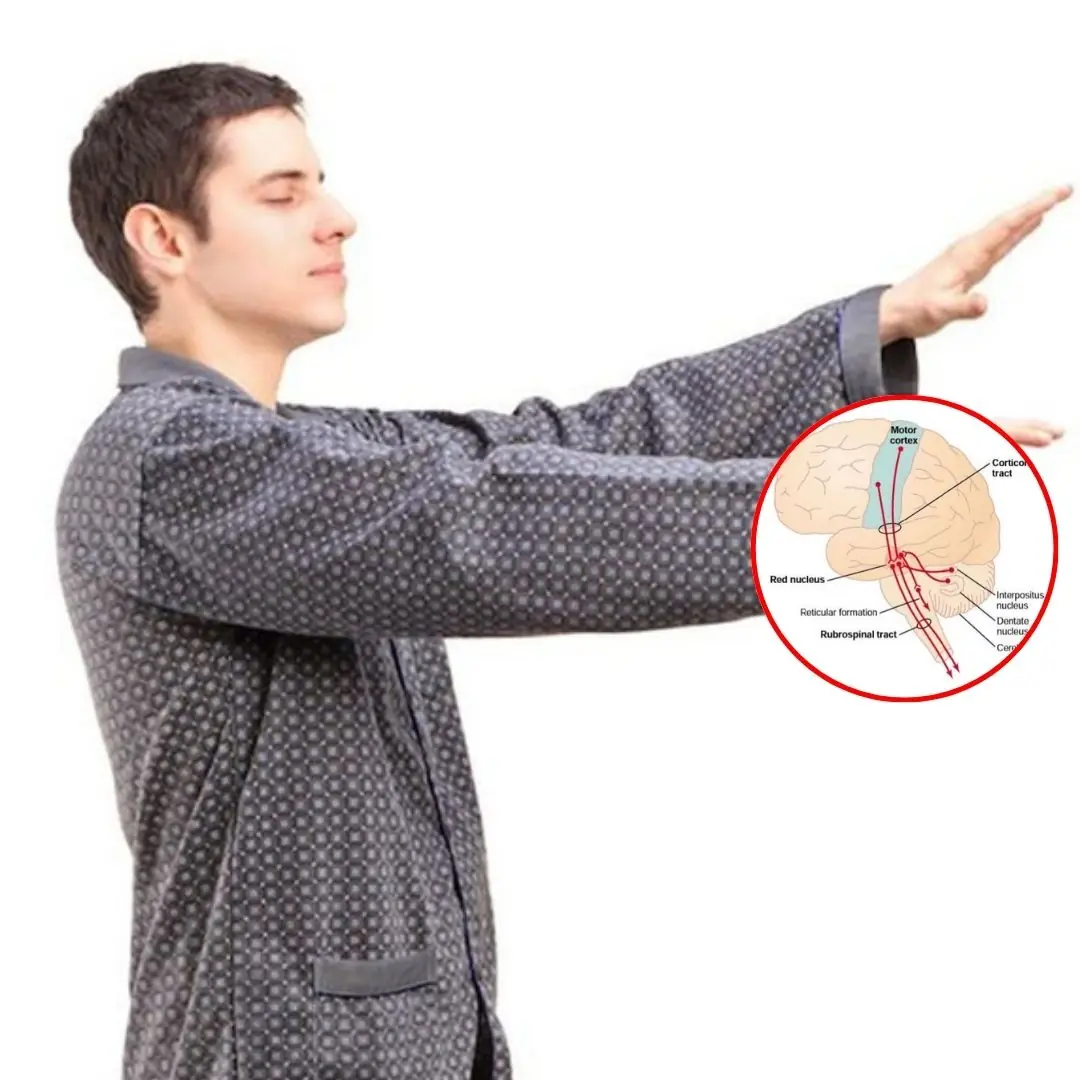
“Sleepwalking” - sleepwalking seems to be a common phenomenon - but some people sleepwalk a lot, others have never experienced this feeling. Why is that?
Sleepwalking is a state of sleep in which one cannot control one's actions. They can completely walk or move while sleeping without knowing it.
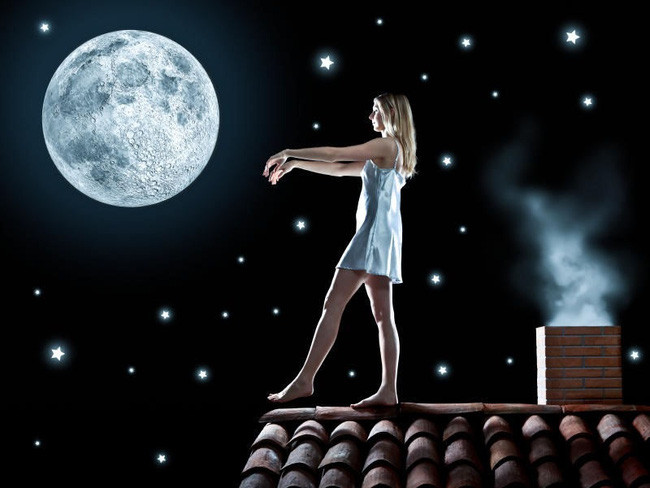
According to a recent study by Stanford University, 4% of adults have experienced this unconsciousness. The number of sleepwalkers is estimated to be increasing due to the overuse of sleeping pills.
Normally, sleepwalking is considered a harmless act. But sometimes, it is extremely dangerous because sleepwalkers can hurt themselves unconsciously.
A typical example is a British girl who jumped out of her bedroom window and fell from a height of 8m in 2009. More horrifyingly, Kenneth Parks - a woman living in Toronto drove 23km while sleeping and even assassinated her mother-in-law in 1987.
So why do people fall into such a scary state in their sleep?
Research suggests that sleepwalking is the result of the formation of incorrect mechanisms in the nervous system.
"Sleepwalking" is no longer the most suitable phrase to use in those situations. Because at this time, our brain has not completely switched to a awake state.
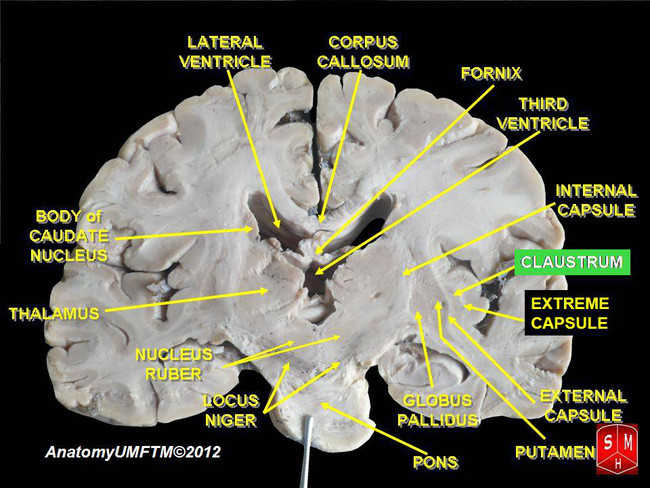
The diencephalon is where memories are created, emotions are controlled, and complex activities in the cerebral cortex are linked. It is also where activities that cause confusion between sleep and wakefulness are maintained.
This is shown through the "alpha wave" patterns recorded when measuring the EEG. At the same time, the prefrontal and temporal lobes cannot perform their specific functions, causing us to be stuck in a vicious cycle.
So "why are we stuck in such a chaotic state?" Is it really good if the brain is completely comatose and does not give us a full night's sleep?
According to scientists, for thousands of years, our ancestors have attached great importance to choosing a safe and comfortable place to rest. They always had to be on guard against lurking dangers when sleeping.
When a person rests in a new environment other than their own home, scientists have discovered something interesting. This is because one half of our brain is more active than the other. This helps us maintain a “vigilance” state, and react to danger.
When the limbic system is active, sleepwalking occurs.
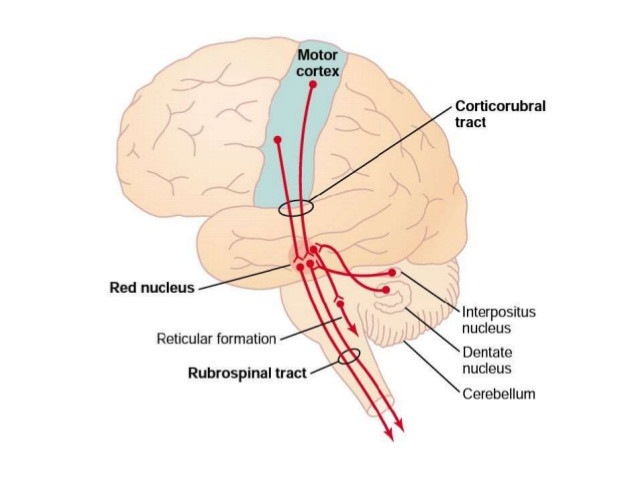
Location of the motor cortex
Such wakefulness activities will be maintained at a low frequency, which is considered a characteristic that shows the adaptation and survival of all species.
According to Italian sleep researcher Lino Nobili, during sleep, we can activate the motor system in the cerebral cortex.
Although you are in a deep sleep and do not “move”, this area is always in a state of readiness. If danger occurs, the prefrontal lobe will not be able to immediately act to create a shield for you because this is the responsibility of the motor system. This will activate the wrong and unnecessary “defense” mechanisms.
News in the same category


The Benefits of Polyscias Root Water: 3 Groups of People Should Avoid It

The More You Eat These 5 Types of Food, the More Hair You Lose

The 'Golden' Food That Effectively Fights Can.cer

To Prevent Hair Loss and Stimulate Hair Growth, Avoid These Habits

Food contains more than a thousand microplastic particles, 45 times more than bottled water

Should You Turn Off the Air Conditioner When Leaving for 30 Minutes?

Why can't men and women agree on the air conditioning temperature?

Priceless Traditional Formula That Neutralizes Venom Quickly and Effectively

These 3 Types of Fish Should Be Eaten Sparingly

Here’s why smart people leave a glass of water by their bed every night

Common Veggies Linked to Cancer Risk — Experts Urge Immediate Caution

Wild leaves, used to make tea, make diabetes and high blood pressure "terrify"

Bacteria levels exceed the standard by 600 times! Don't use this hand sanitizer!

9 “Clean” Habits That Are Actually Super Unhygienic

Experts Reveal: The Real Carb Bomb Isn’t White Rice

Helped Uncle Treat Can.cer but Received a Mysterious Bag in Return

Woman drank 8 limes daily to detox—paid the price for trusting social media advice

Is Eating Soft-Boiled Eggs More Beneficial Than Fully Cooked Eggs?
News Post
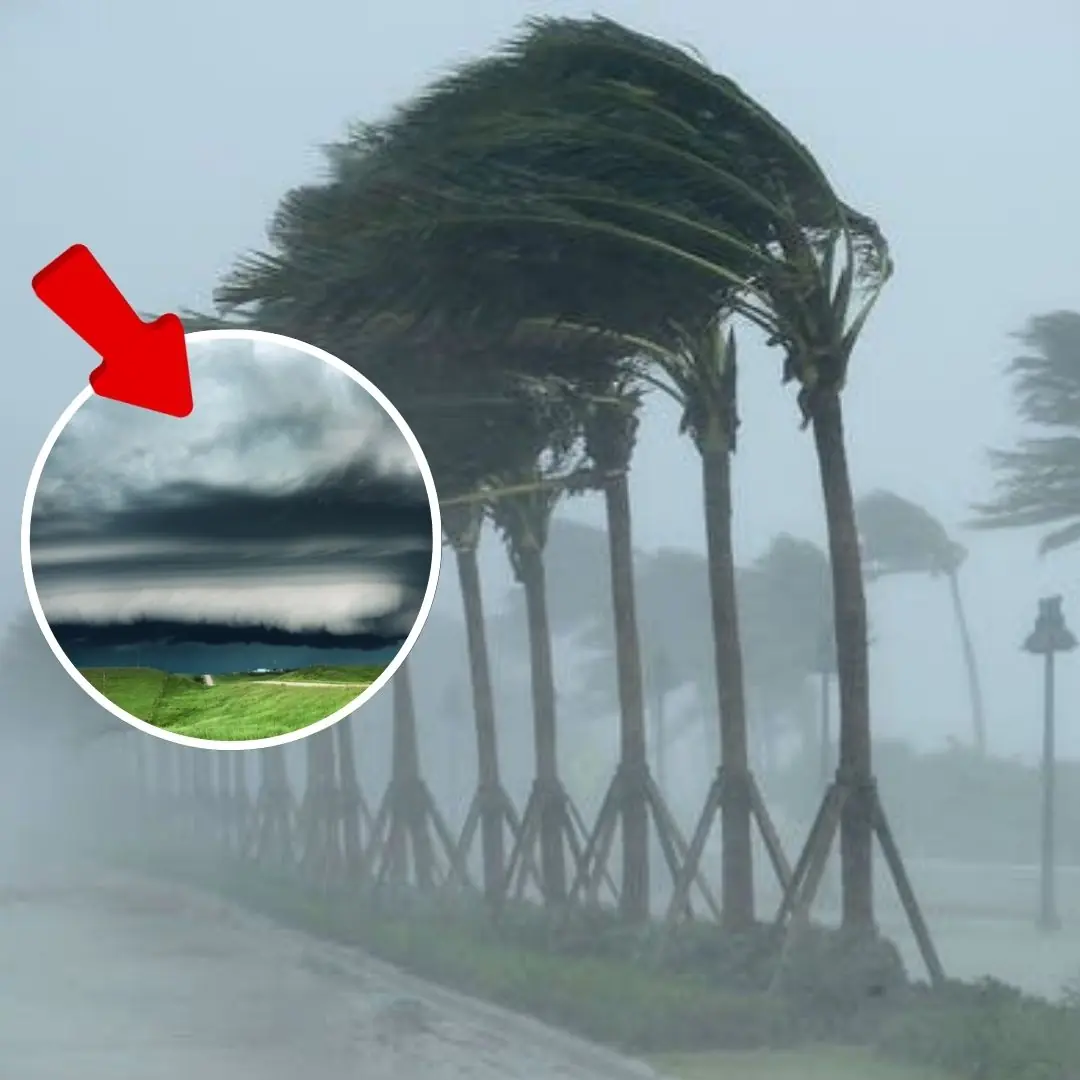
Read The Clouds: 5 Signs A Storm Is Brewing

If You See These 7 Types of Fish at the Market, Buy Them Immediately

The Benefits of Polyscias Root Water: 3 Groups of People Should Avoid It

The More You Eat These 5 Types of Food, the More Hair You Lose

The 'Golden' Food That Effectively Fights Can.cer

To Prevent Hair Loss and Stimulate Hair Growth, Avoid These Habits

Be Careful: 6 Common Foods Become To.xic When Reheated

Food contains more than a thousand microplastic particles, 45 times more than bottled water

These 3 types of fish should be eaten sparingly, they can increase the risk of can.cer, don't buy them just because they are cheap!

Want Radiant, Hydrated, and Glowing Skin This Summer? Eat These 5 "Magical" Fruits

Should You Turn Off the Air Conditioner When Leaving for 30 Minutes?

Want beautiful, smooth, and bright skin in the summer? Eat these 5 "miraculous" fruits right away!

Why can't men and women agree on the air conditioning temperature?

Unexplained Bruising on Your Body: Causes and Treatments

Priceless Traditional Formula That Neutralizes Venom Quickly and Effectively

These 3 Types of Fish Should Be Eaten Sparingly

4 Expert Tips to Choose Meaty, Flavorful Crabs and Avoid Getting Ripped Off

4 Types of Nuts You Should Never Eat If They've Been Sitting Around

4 signs on the body to detect high bl.o.o.d f.a.t
